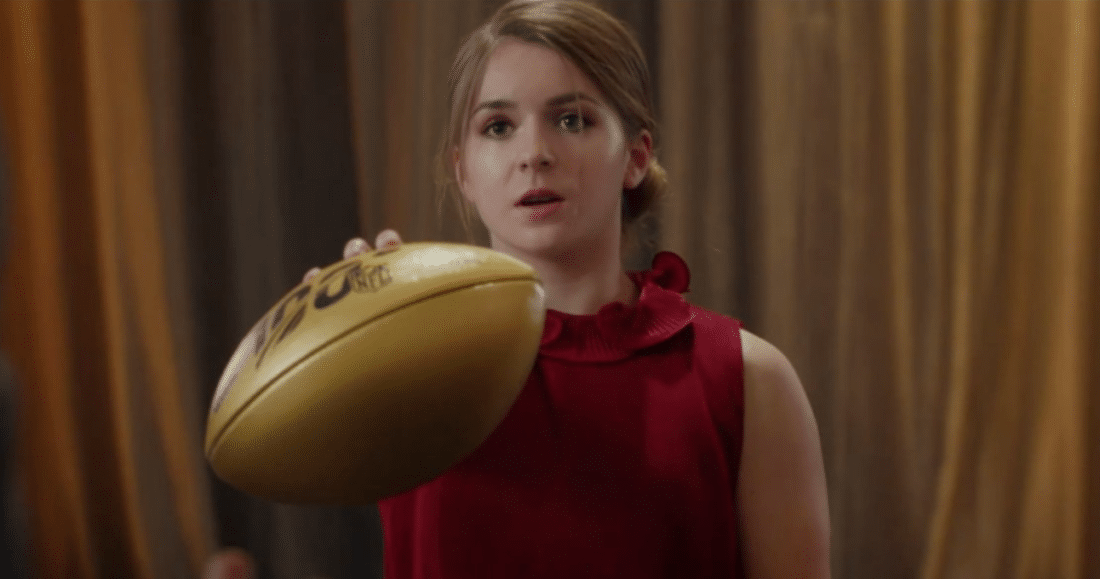As 2019 drew to a close, YouTube released a fascinating list that got a bit overlooked amidst all the other year-end wrap-ups: The 10 most watched ads on the platform by US audiences.
While the brands and products on the list are mish-mash—ranging from tech (Apple) and sportswear (Nike) to snack food (Doritos) and beer (Stella Artois)—there are some common themes in the creative execution.
Specifically, marketers of all types can draw these five key lessons from the most watched YouTube ads of the year.
1. Digital media and traditional media are intertwined.
Many of the ads on the list were part of Super Bowl campaigns, which would seem to indicate that the YouTube views were simply part of extended interest in the television commercials.
However, that’s not exactly the case. Most of the pieces were released to YouTube days before the game. The versions posted to the video platform tended to be much longer than what appeared on television. For example, the YouTube cut of the NFL’s own Super Bowl commercial (#10 on the list) was two minutes long.
This highlights that although marketers tend to think of traditional media and digital media as being in opposition, they’re actually often intertwined and can work together in powerful ways. A great example of this is what happened with a Doritos ad featuring Chance the Rapper and the Backstreet Boys. People liked the music in the commercial so much that they created their own versions on YouTube.
2. Social platforms are becoming paid platforms.
The second most viewed ad on YouTube last year was a spot from Hyundai featuring Jason Bateman. While the piece is clever, it’s not immediately clear after watching it why it landed so high on the list.
What’s going on? Hyundai invested quite a lot of spend on YouTube and consistently ran the video in paid placements.
This isn’t “cheating”—it’s savvy. YouTube and other social platforms are evolving into pay-to-play channels for brands, and Hyundai simply made the most of this. The ad placements allowed the automaker to engage target audiences and also to reach people it normally wouldn’t have. Here’s one consumer’s comment on the video:
Note that if the video hadn’t been “funny and likable,” the viewer wouldn’t have stuck around. In other words, creative quality still matters (a lot) with paid YouTube placements.
3. Brands, franchises, and stars still matter—a lot.
Speaking of what matters a lot, the list of most watched ads on YouTube showcases that even in this age of personal authenticity and micro-influencers, established brands, story franchises, and stars remain immensely important. This can be seen by the fact that:
- Apple earned the #4 spot with its iPhone 11 release video, which garnered nearly 40 million views largely because of the deep affinity people already felt for the brand and its products.
- Audi’s “Science Fair” ad, which featured Peter Parker and was essentially a mini Spider Man film, landed the #7 spot.
- Stella Artois’ “Change Up the Usual” climbed its way to #8 by appealing to multiple established fan bases, including people with a love for Sarah Jessica Parker, Sex in the City, Jeff Bridges, and The Big Lebowski.
4. It’s ok to speak with a strong voice.
Many brands try to avoid alienating audiences by being innocuous. Two of the ads on YouTube’s most watched list show that speaking with a strong voice can be highly effective. That strong voice can also attract interest and build affinity.
In “Dream Crazier” (#9 on the list), Nike forced viewers to consider the impact of language by having Serena Williams narrate a piece that flipped tired adjectives used about female athletes—crazy, delusional, emotional—into positives.
And in “We Believe” (#3 on the list), Gillette challenged men by highlighting issues such as harassment and bullying, and then calling for better behavior.
Both pieces worked well because each was relevant to the brand. Nike has a long history of working with female athletes and Gillette’s marketing has traditionally been geared towards men. In fact, the message of the Gillette piece (“The best men can be”) was a direct play on its famous “The best a man can get” slogan.
5. Don’t take yourself too seriously.
Finally, the list of most watched YouTube ads is a reminder to have fun with your marketing.
In “#LikeABosch” (#5 on the list), technology services provider Bosch engaged audiences by creating an Internet-of-Things (IoT) themed music video that was filled with all sorts of weirdly wonderful takes on the “like a boss/like a Bosch” idea. (“They’re watching me, like a Bosch/IoT like a Bosch”).
Amazon landed at the top of the list with a similar approach. Its “Not Everything Makes the Cut” spot showcased Alexa-themed products that were epic fails (the Alexa-enabled toothbrush, dog collar, hot tub, etc.). The ad was sneakily effective marketing, since it showcased the many things Alexa is good at by highlighting the few things it isn’t good at. And, of course, the spot was successful because it was fun. It thoroughly entertained and built brand affinity by showing audiences that Amazon doesn’t take itself too seriously.
